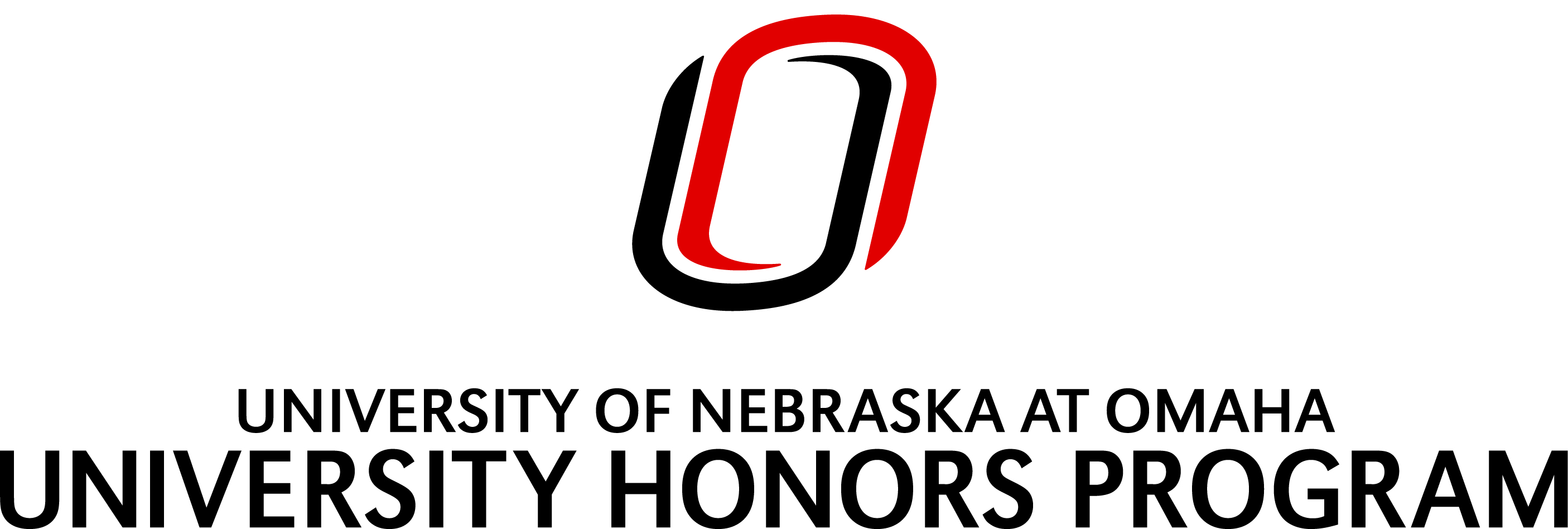Month/Year of Graduation
5-2018
Degree Name
Bachelor of Science (B.S.)
Department
Biology
First Advisor
Dr. Donald Rowen
Abstract
Hospital acquired infections, or HAIs, appear in patients during treatment and are unrelated to the original illness. These infections occur at least 48 hours after hospital admission or 30 days after discharge. With over 700,000 individuals directly affected by HAIs, more attention needs to go into prevention and surveillance. It has been reported that some health care facilities have reduced HAIs by up to 70%. However, this will take a conscious effort from all healthcare facilities, care teams, physicians and nurses. Some possible solutions include infection prevention, increasing surveillance, and improving staff education and accountability. Despite these efforts, no institution or country can eliminate this issue. In order to gain a better understanding of the preventative side of HAIs, I observed five physicians to see if they adhere to proper hand hygiene, use of personal protective equipment, and overall safe practices. After completing my study, results show that more attention must go into hand hygiene, specifically after removal of PPE and leaving patient rooms. This study could explain the increase of HAIs in the latest progress report from the Centers for Disease Control and Prevention; however, results are inconclusive due to the small sample size and lack of accurate statistical methods.
Recommended Citation
Rahmanzai, Sofia, "The Prevention and Management of Hospital Acquired Infections" (2018). Theses/Capstones/Creative Projects. 24.
https://digitalcommons.unomaha.edu/university_honors_program/24
Included in
Community Health and Preventive Medicine Commons, Infectious Disease Commons, International Public Health Commons

